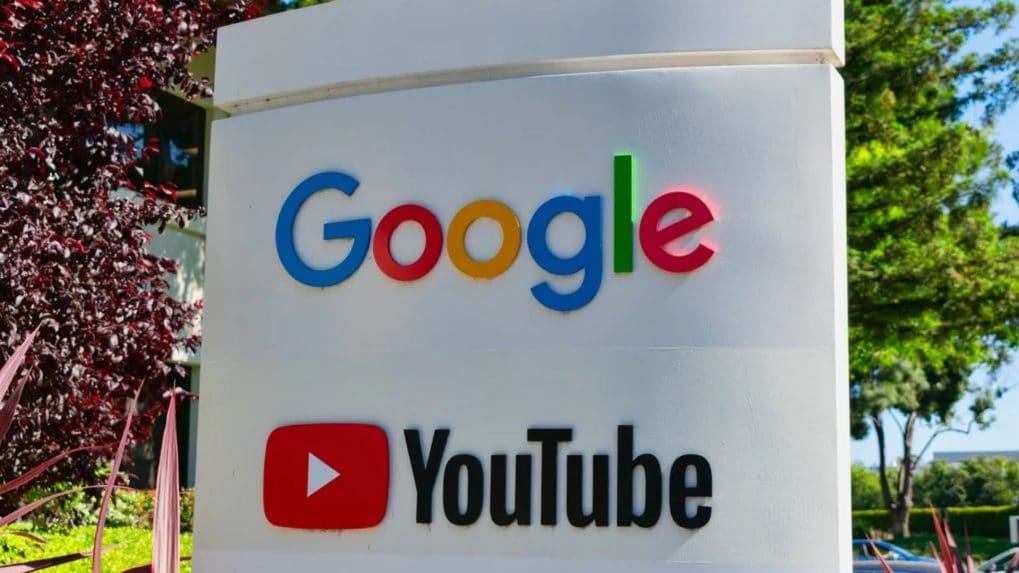Digital
Why OpenAI is hiring 100 ex-bankers: Inside the ChatGPT-maker's secret project to automate Wall Street's grunt work

Google is expanding its investment in the mental wellbeing of teenagers with a new initiative on YouTube. The platform now features a dedicated shelf of age-appropriate videos on topics such as depression, anxiety, ADHD, and eating disorders, curated from trusted and evidence-based sources. In India, the rollout will include the NIMHANS-backed series “ManoSandesh,” providing expert guidance to teens and their families.
Content featured on the shelf is curated from trusted, evidence-based sources and tailored to teens’ developmental stages. Google collaborated with global organisations specialising in youth mental health to ensure the material is both accurate and engaging. In India, the rollout includes the NIMHANS-backed series “ManoSandesh,” which features expert guidance and patient advocates addressing questions such as how to talk to teenagers about stress and anxiety.
This move builds on Google’s ongoing Youth Digital Wellbeing Initiative, which aims to provide high-quality, teen-focused resources while promoting healthy screen habits. Google has also implemented teen-specific guardrails on recommendations and content, alongside strict policies to prevent harmful material, including content promoting disordered eating, from gaining visibility or monetisation.
Dr. Garth Graham, Director and Global Head of YouTube Health, highlighted the platform’s role in helping teens safely explore their interests while accessing credible information when they need it. Google emphasises that this initiative is part of a broader commitment to making digital spaces safer and more supportive for younger users.
In a wide-ranging interview with Storyboard18, Sorrell delivers his frankest assessment yet of how the deal will redefine creativity, media, and talent across markets.